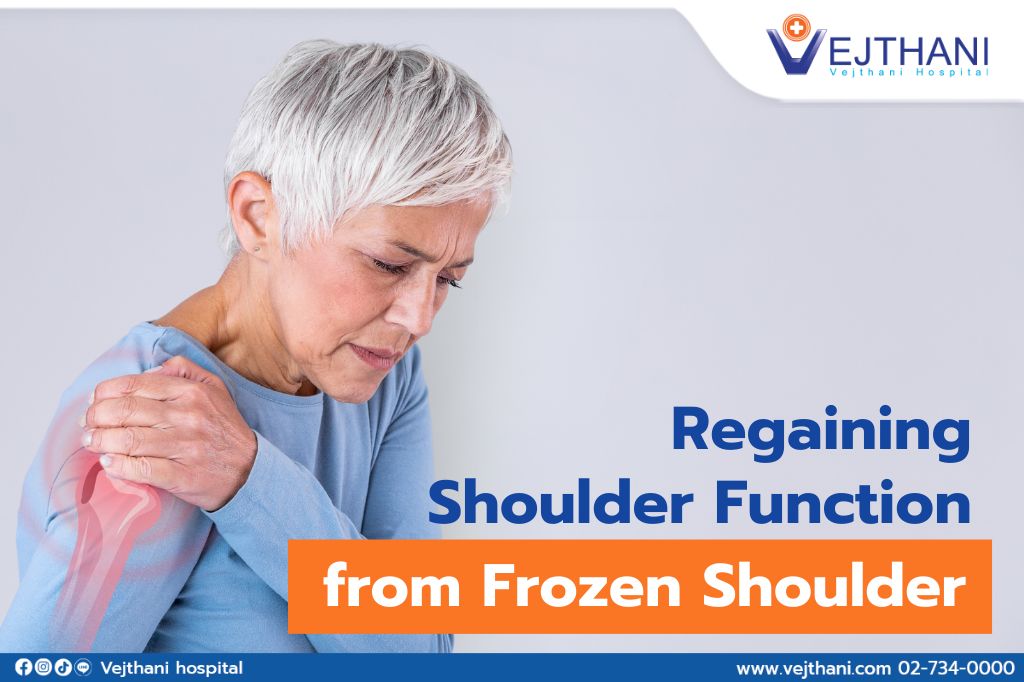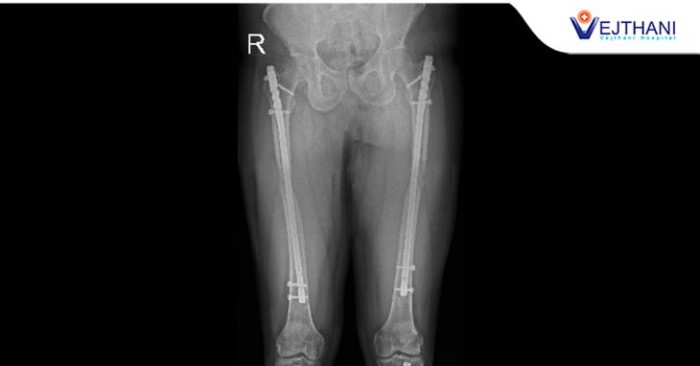

Shoulder pain and stiffness can significantly limit even the most basic daily tasks; whether you are reaching for a cup on the shelf or simply putting on your shirt, it can cause searing pain and a sudden restriction in movement. Frozen shoulder, also known as adhesive capsulitis, is a condition characterized by a progressive restriction of movement in the shoulder joint (glenohumeral joint). While the exact cause of a frozen shoulder remains unclear, understanding the condition and its treatment options can help you regain shoulder function and get back to your everyday life with ease.
Understanding the importance of the Glenohumeral Joint
The glenohumeral joint is a ball-and-socket joint that connects your upper arm bone (humerus) to your shoulder blade (scapula). It is made up of ligaments that stabilize the joint and facilitate its movement. The glenohumeral joint allows for a wide range of motion in your arm, including flexion, extension, abduction, adduction, internal and external rotation, and even circumduction, granting exceptional versatility for various activities.
Symptoms of Frozen Shoulder
Freezing Stage: The shoulder gradually loses its range of motion as severe inflammation results in limited movement. The pain also commonly occurs in the middle of the night while sleeping. This stage typically persists for 2 to 9 months.
Frozen Stage: The pain might slightly drop, but stiffness develops. This stage takes around 4 to 12 months, which is longer than the previous stage; daily activities can be disrupted, and shoulder movement like raising the arms overhead to put on a shirt or, reaching for objects on high shelves, or combing hair could be difficult.
Thawing Stage: The condition gradually improves. It usually takes 2 to 3 years to achieve this stage. Patients will begin to regain certain movements, experience less tension in the shoulder, and be able to accomplish challenging tasks that they could not previously do.
Causes of Frozen Shoulder
Frozen shoulder develops when changes occur within the capsule surrounding the shoulder joint, causing it to thicken and tighten. This restricts the joint’s range of motion. The exact cause remains unclear, but several factors may contribute, including inflammation of the shoulder capsule, immobilization after surgery or a fracture from an injury, and certain medical conditions like diabetes.
Risk Factors for Frozen Shoulder
Risk factors can guide you to prevent yourself from suffering from prolonged pain.
- Women between 40 and 60 years old are at highest risk
- Patients who have restricted movement in the shoulder for a period of time, such as broken arms, rotator cuff injuries, etc.
- People with jobs involving heavy lifting for a long time
- Certain medical conditions, including diabetes, hypothyroidism, hyperthyroidism, cardiovascular disease, and Parkinson’s disease, are associated with an increased risk of frozen shoulder
How is Frozen Shoulder Diagnosed
The doctor will ask you to move your shoulder in various directions to assess your range of motion. People with frozen shoulders will have limitations in movements. While advanced imaging isn’t usually necessary for a frozen shoulder diagnosis, the doctor might suggest X-rays or MRI to rule out other potential causes of your pain, such as arthritis or a rotator cuff tear.
Treatments for Frozen Shoulder
Non-surgical treatment
- Medications: Non-steroidal anti-inflammatory medicines (NSAIDs) may be prescribed to manage pain and inflammation
- Steroid injections: This approach involves injecting corticosteroids directly into the shoulder joint to provide significant pain relief.
- Physical Therapy: A personalized physiotherapy program can guide and ensure proper ways to improve range of motion.
Surgical and other procedures
- Joint distension: This approach is also known as hydrodilatation. The doctor will inject sterile fluid into a stiff joint. This injection stretches the capsule and breaks down scar tissue.
- Manipulation under anesthesia (MUA): This approach involvesmoving a stiff joint through its full range of motion while the patient is comfortably asleep. This breaks down scar tissue and adhesions that limit movement. Manipulation under anesthesia can significantly improve joint mobility, reduce pain, and increase the ability to engage in daily tasks.
- Surgery: If frozen shoulder symptoms worsen, surgical intervention might become the most effective course of action. Arthroscopy is a well-established surgical technique that offers a minimally invasive approach to treatment. This procedure utilizes an arthroscope into the joint cavity via a small incision, enabling direct visualization of the joint structures. The doctor will cut through the tight part of the shoulder joint and remove scar tissue. This procedure will help the patient regain a broader range of motion in the shoulder.
Frozen shoulder (adhesive capsulitis) can be a debilitating condition, but with proper diagnosis and treatment, regaining full range of motion and returning to your usual lifestyle is certainly achievable. If you suspect you might have a frozen shoulder, consult a doctor specialized in shoulder joint surgeries to discuss the best course of treatment for you. Recovery from frozen shoulder takes time. Be patient with yourself throughout the process. With perseverance and proper guidance, you can overcome frozen shoulder and reclaim control of your shoulder function.
For more information, please contact
Orthopedics Center, Vejthani Hospital.
Call: (+66)2-734-0000 Ext. 2298
English Hotline: (+66)85-223-8888
- Readers Rating
- Rated 4.9 stars
4.9 / 5 ( Reviewers) - Spectacular
- Your Rating

























